Signature Bottom right: Harry Eliott
Who does not know his illustrations, always humorous, representing, in a completely Victorian style (very inspired in particular by that of Cecil Aldin) all kinds of sometimes very funny hunting scenes running, fox hunting, stagecoach trips, in country inns, the life of the squires? This colorful character was born on June 14, 1882 in Paris, under the name of Charles Hermet.
The Great War marked a major turning point in the life of Charles Hermet. Mobilized in 1914, like several of his brothers, he was reformed for serious depression after one of his brothers had been killed (by gas). He then settled in Orne, near Alençon, and made drawing his profession, illustrating many magazines. Fascinated by England and the engravings of Cecil Aldin, he adopted the so British surname of Harry Eliott, and transformed into a true gentleman now sporting a dark frock coat, yellow ankle boots and canvas leggings. A strange and malicious character, our Charles Hermet, now Harry Eliott, takes up the themes treated "seriously" by his inspirer Cecil Aldin, but adds a good pinch of humor and derision. He enjoys putting his subjects in a situation, creating situational comedy.
This style meets his audience, and as he paints, draws, illustrates so much and so much, his fame grows and prosperity sets in. But alas, this beautiful story ends in misery, drowned in red wine and whiskey. As bad a manager of his interests as he was an excellent designer, he had ceded his rights to his works for a paltry sum, and while lithographs, reproductions and other copies flourished on the market, our poor Harry Eliott was sinking into destitution. more total all the more so as, gradually losing his sight, he hardly worked anymore… On May 29, 1959, he was sadly buried in the small cemetery of Villez-sous-Bailleul (Eure), at age 77 years old, surrounded only by three people. The Arrival at the Relay - The Stagecoach The stagecoach, or stagecoach, appears in England in the 13th, but it was a loosely closed cart. The car improved over the years and in the 19th century, a four-wheel vehicle, closed, it was pulled by 4 horses. She made a long journey in stages of 15 to 25 kms, from one relay to another, where the horses were changed, and the travelers could spend the night and eat. The trips are long and tedious, and above all totally uncomfortable! The London-Exeter journey (300 km) by stagecoach took eight days. In France, it took a good ten days to get from Paris to Bordeaux. The average speed of a stagecoach was 4.5 km / h, and horses had to stop often. In addition, the stagecoaches did not run at night… In 1830, the first trains stole the show from the stagecoaches, but they did not completely disappear until 1900!
To go further: https://www.lestresorsdegamaliel.com/tableaux/332-l-arrivee-au-relais-la-stagecoach-h-eliott.html



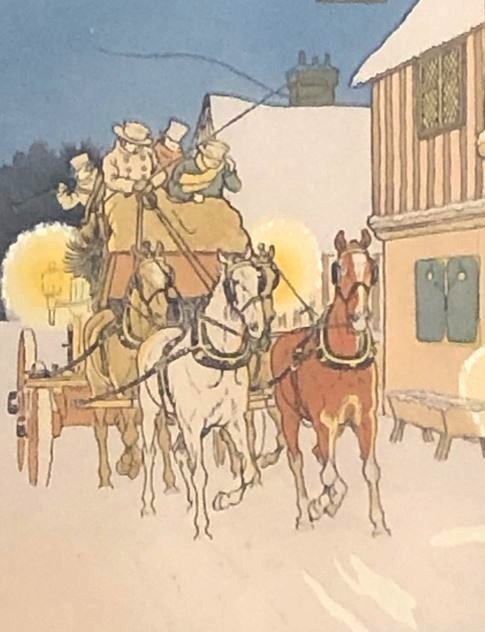
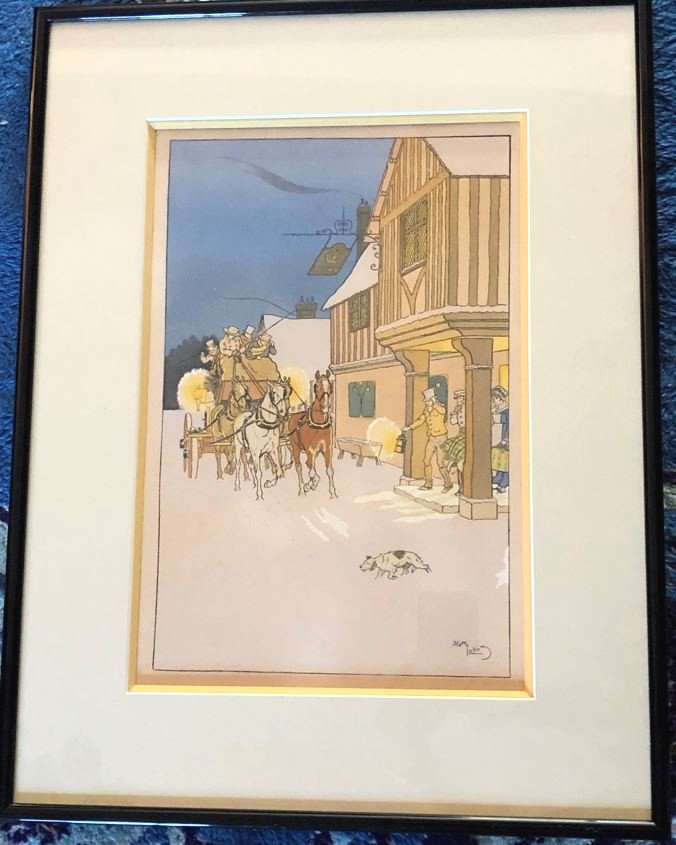
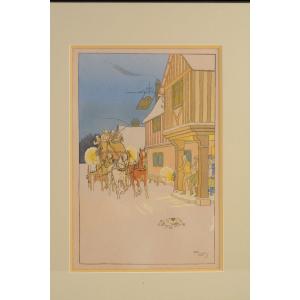







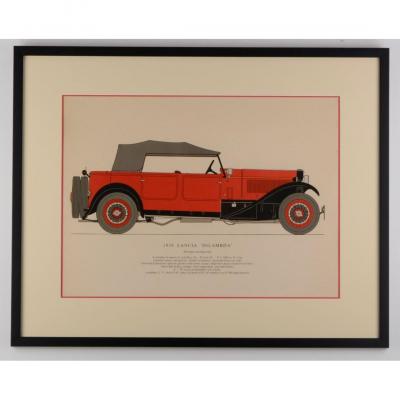




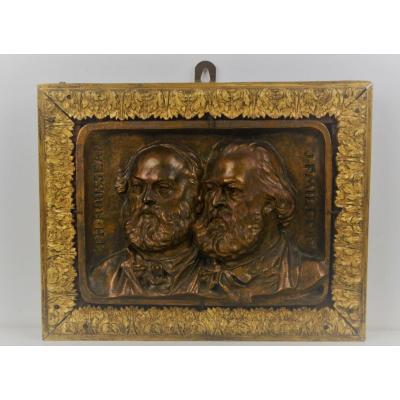
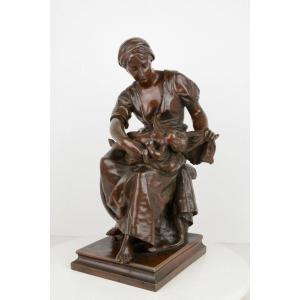

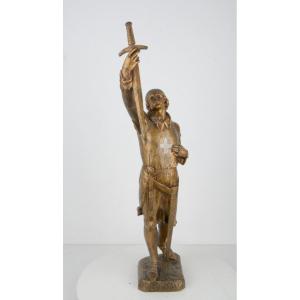




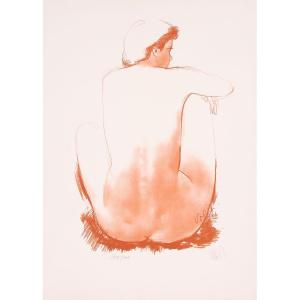





 Le Magazine de PROANTIC
Le Magazine de PROANTIC TRÉSORS Magazine
TRÉSORS Magazine Rivista Artiquariato
Rivista Artiquariato